Overlooking the Columbia
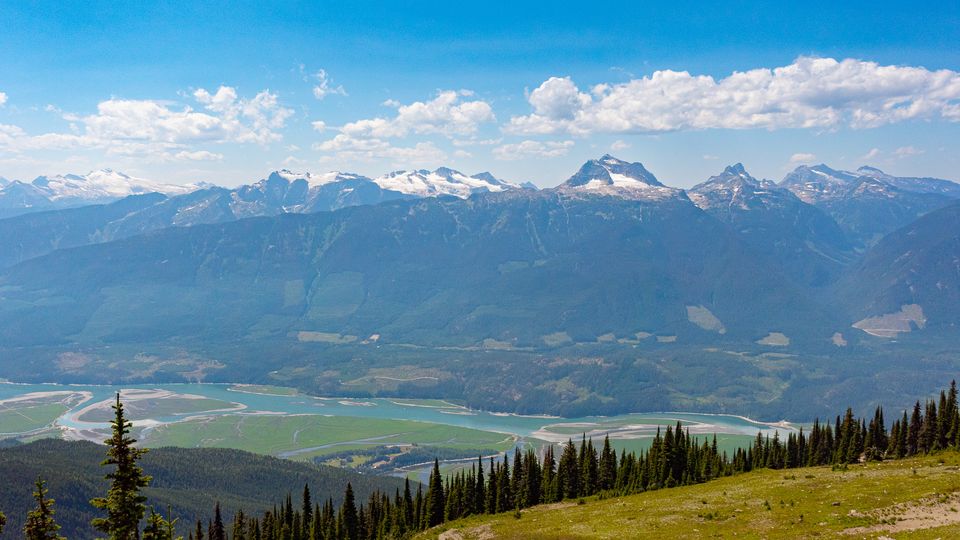
There is a region in southeastern British Columbia where the Columbia River does something quite unexpected.
On its path from Rocky Mountain glaciers to the ocean, the Columbia River flows north for nearly 200 miles, then abruptly circles around the Selkirk Mountains and traces a parallel path the same distance south.
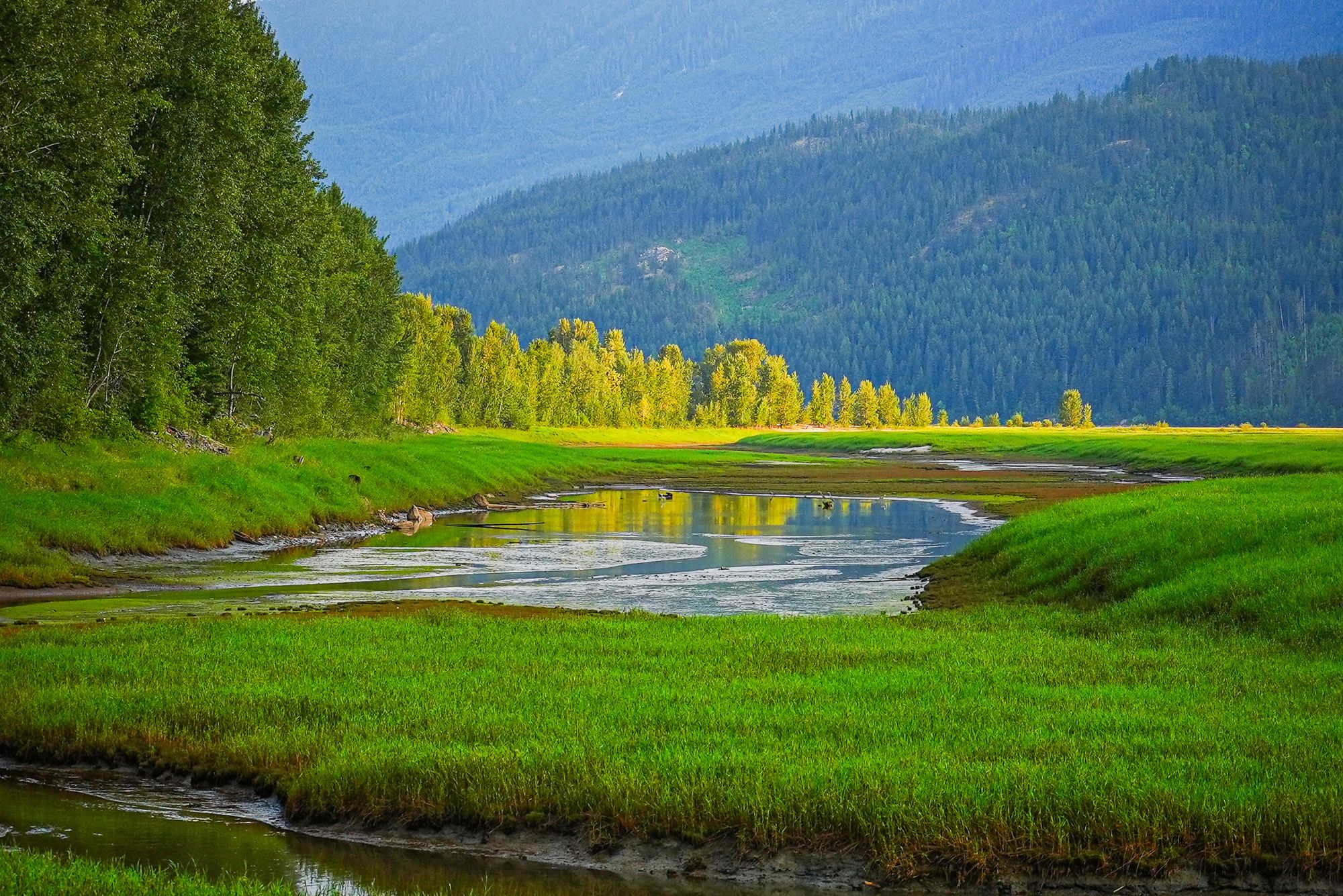
This giant jag marks one of North America's mightiest rivers responding to an immense mountain region that is easily overlooked in favor of its far more famous neighbor, the Canadian Rockies.
We recently headed to Canada for some quality mountain time, but we didn't want to drive all the way to the Rocky Mountains, or hassle with crowds of tourists in Banff and Jasper National Parks. Instead, we stopped at a little mountain town called Revelstoke—partly because of its cool name, and partly because we'd heard whispers of its legendary outdoor recreation—and boy were we surprised!

Revelstoke turned out to be a delightful little town with amazing food and beer, farmer's markets, and summer music—so we stayed four nights at a perfect getaway and used this as a basecamp for exploring nearby Mount Revelstoke and Glacier National Parks.
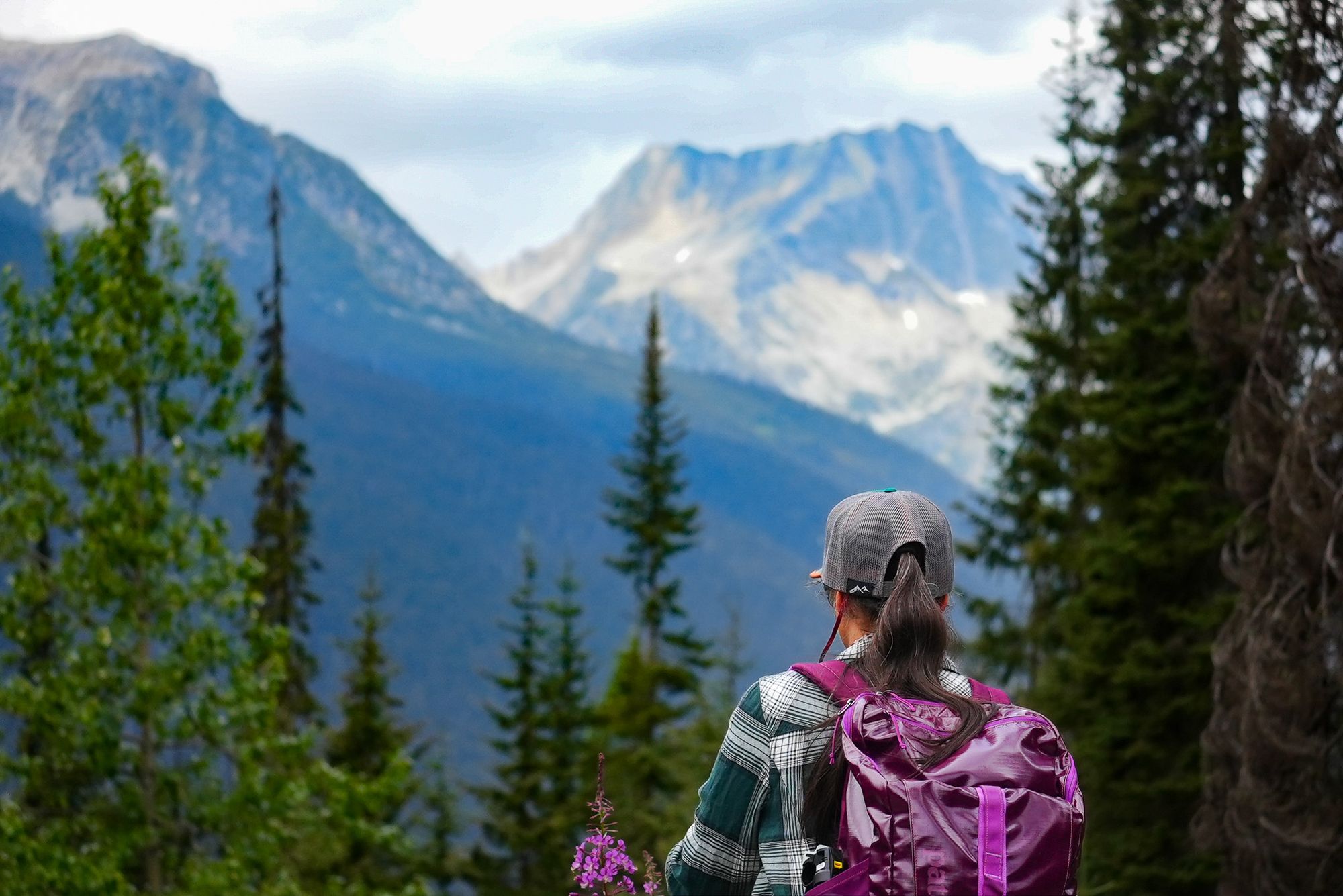
Being a naturalist, I found myself utterly enchanted by this unexpected region and I started asking bookstores, visitor centers, and museums if they had any local hiking books or natural history guides for the area.
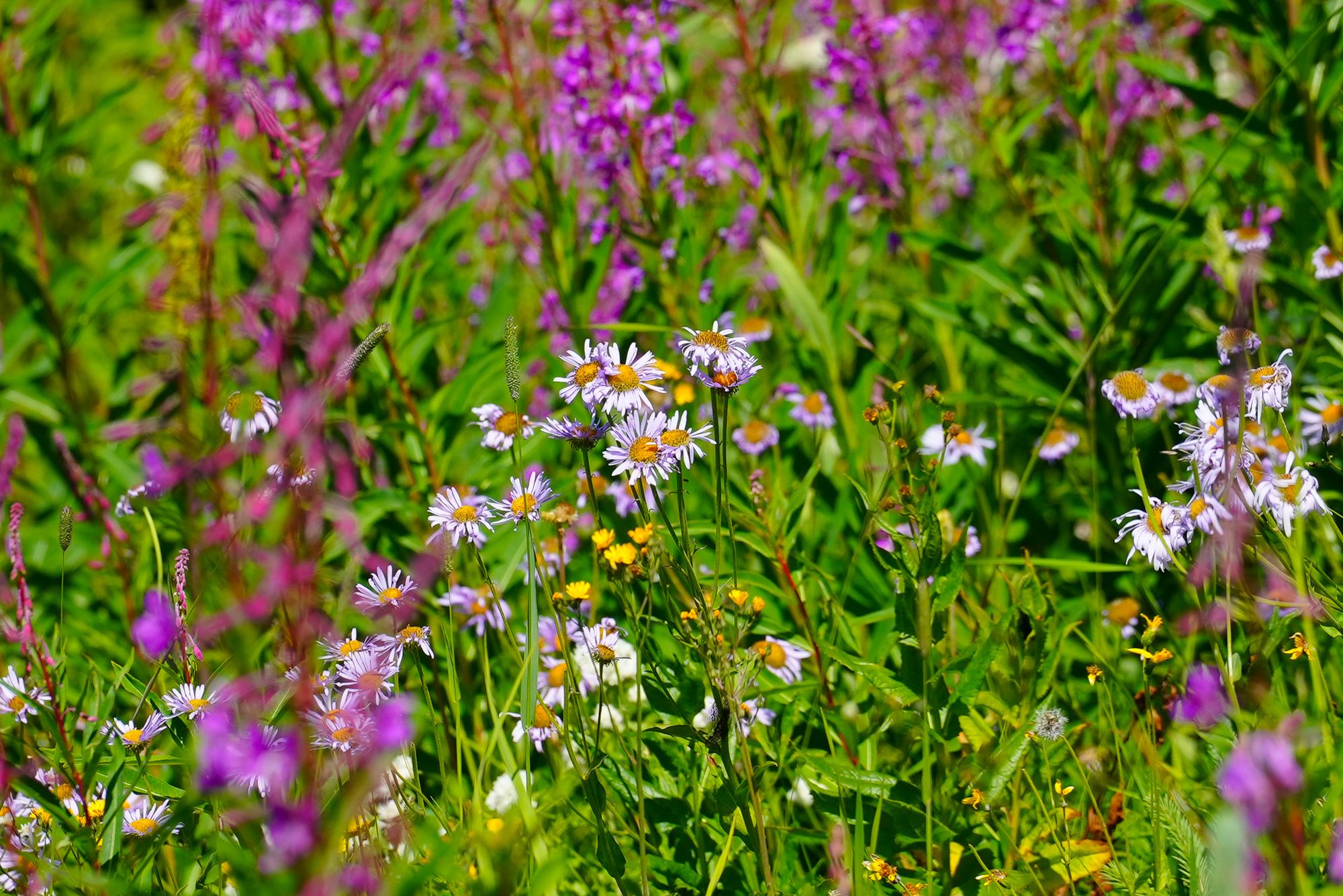
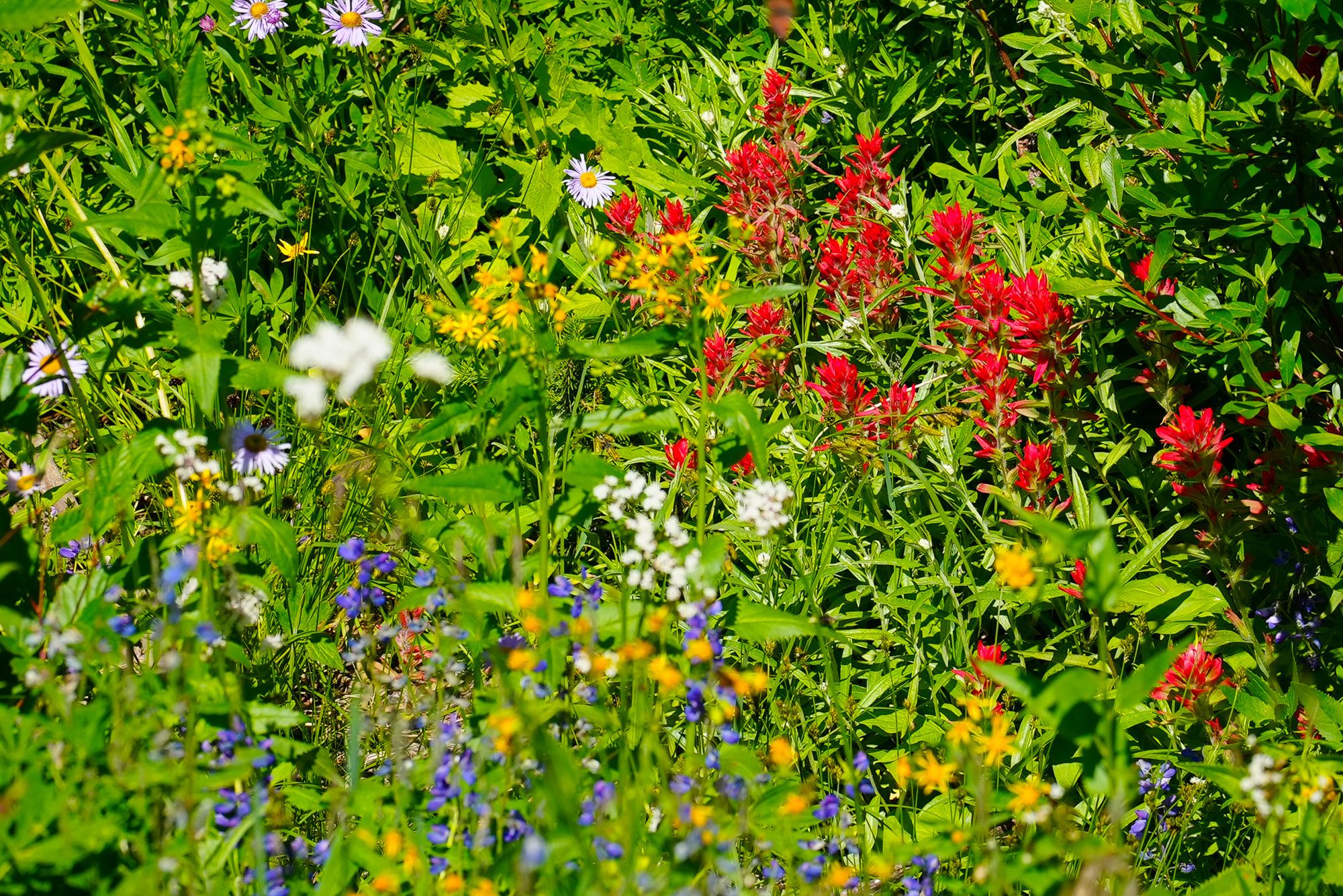
I wanted to identify all these flowers and so much more! Photo by David Lukas
It turned out there is little information available and the universal reply was that the region is overlooked because it's overshadowed by the Canadian Rockies to the east.
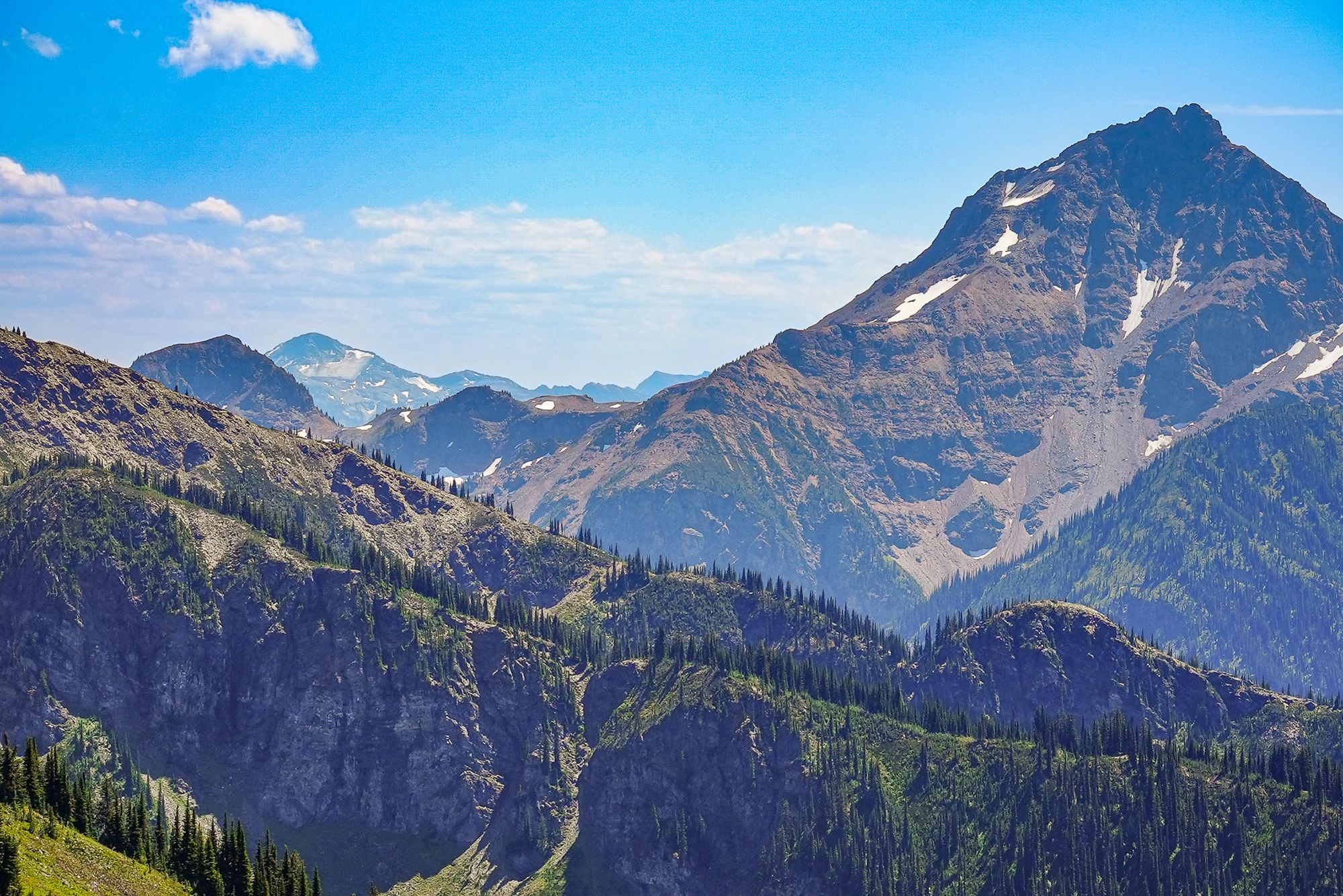
This is understandable because most people would think these mountains are an extension of the Rocky Mountains. They are in fact geologically and ecologically distinct, not to mention physically separated from the Rockies by a deep cut known as the Rocky Mountain Trench which is so massive it can be seen from space.
Technically, the mountains immediately west of the Rocky Mountains are called the Columbia Mountains. They consist of four major mountain ranges (Cariboo, Selkirk, Monashee, and Purcell) that formed around 170 million years ago as the core of the North American continent slide westward, lifting up the seafloor and colliding with oceanic islands.
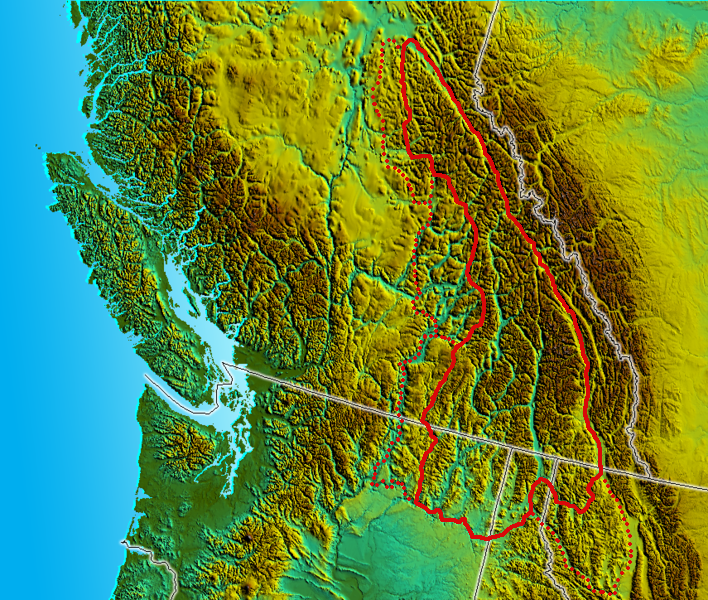
The rocks here are mostly a mix of ancient granite and intensely metamorphosed rocks, 2 billion to 180 million years old, which are very different from the younger, lightly metamorphosed sedimentary rocks of the Rocky Mountains.
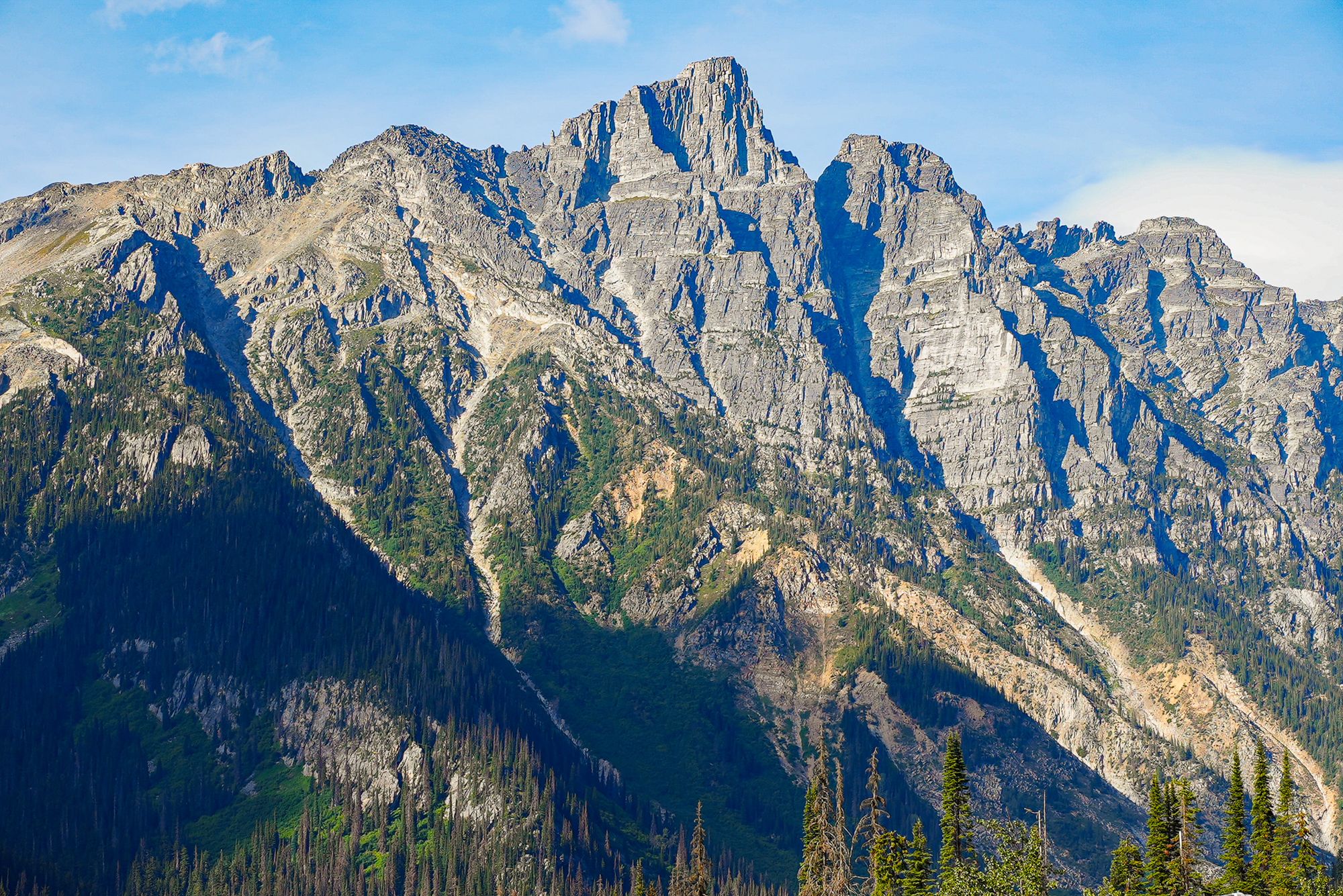
But ecologically, the Columbia Mountains are important for another reason: they lie west of the Rockies so they intercept storms blowing in from the Pacific Ocean, resulting in heavy rains and deep lingering snows that sustains the world's only temperate inland rainforest (a fancy way of saying it's not coastal or tropical rainforest).
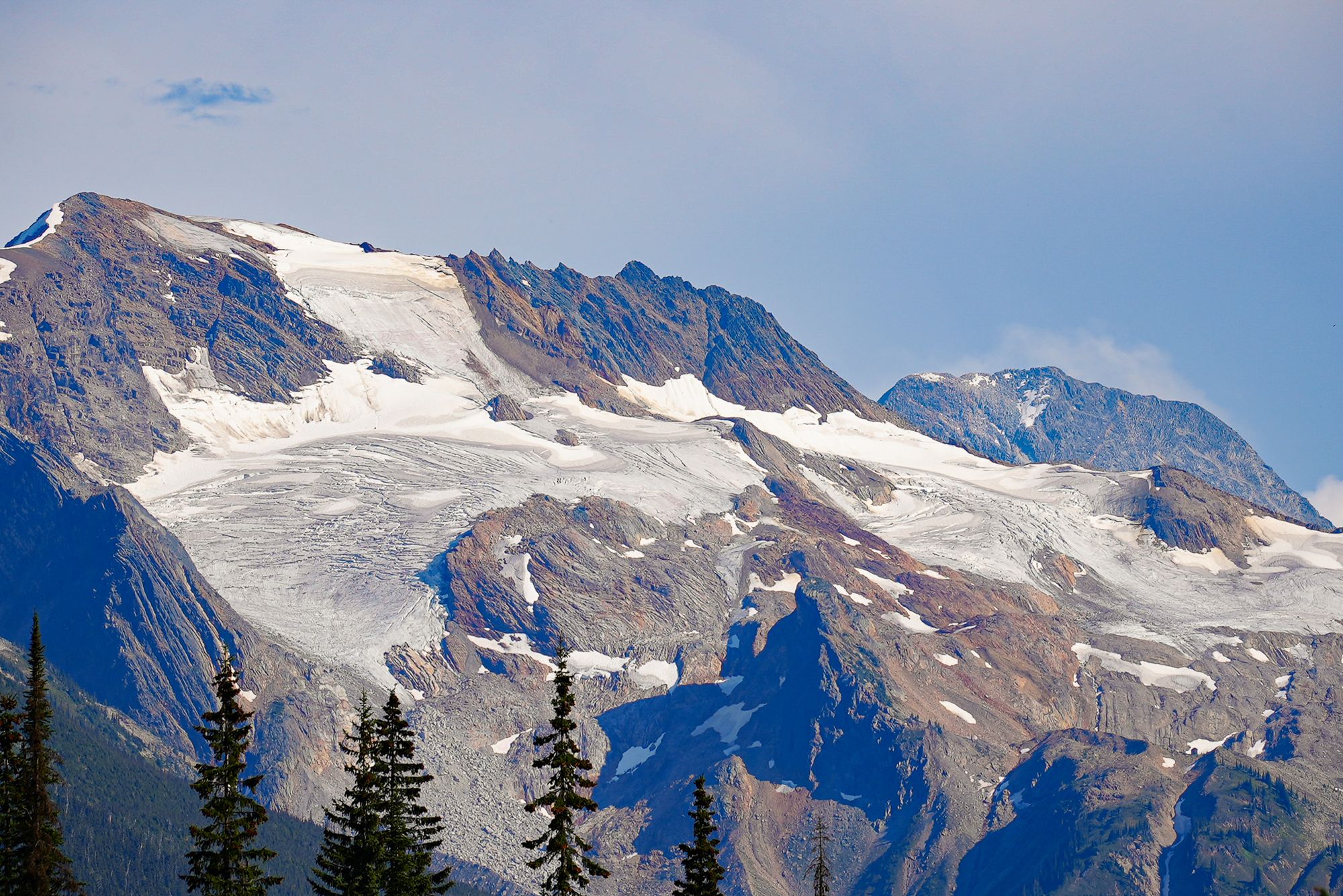
This area is rightly famous for its old-growth forest, including stands of giant western red cedars; and I was astonished in Glacier National Park to hike for hours through endless western hemlocks, which is something I've never experienced before.
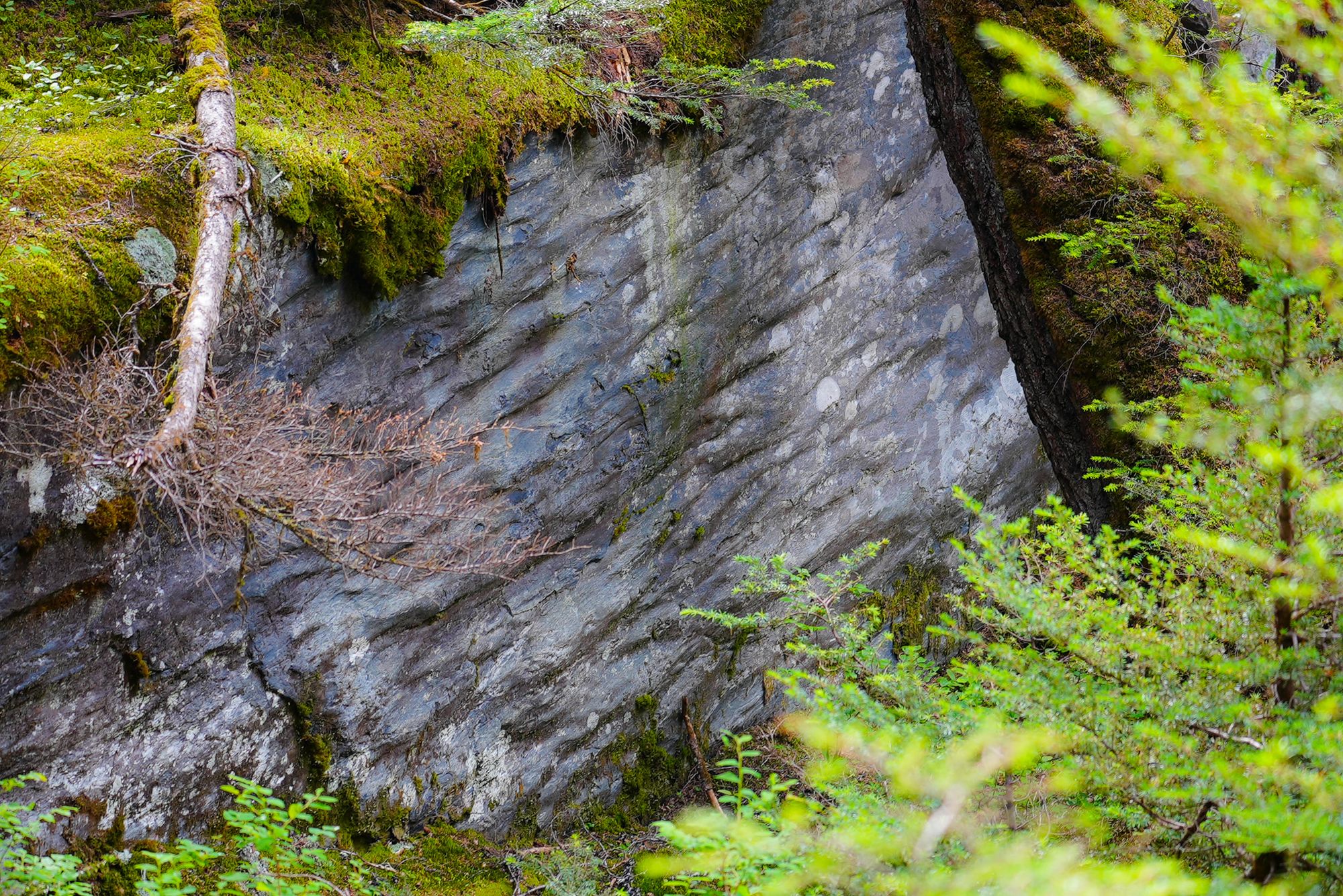
These patches of old trees and lush vegetation are also critical for wildlife, including vital populations of grizzly bear and woodland caribou.
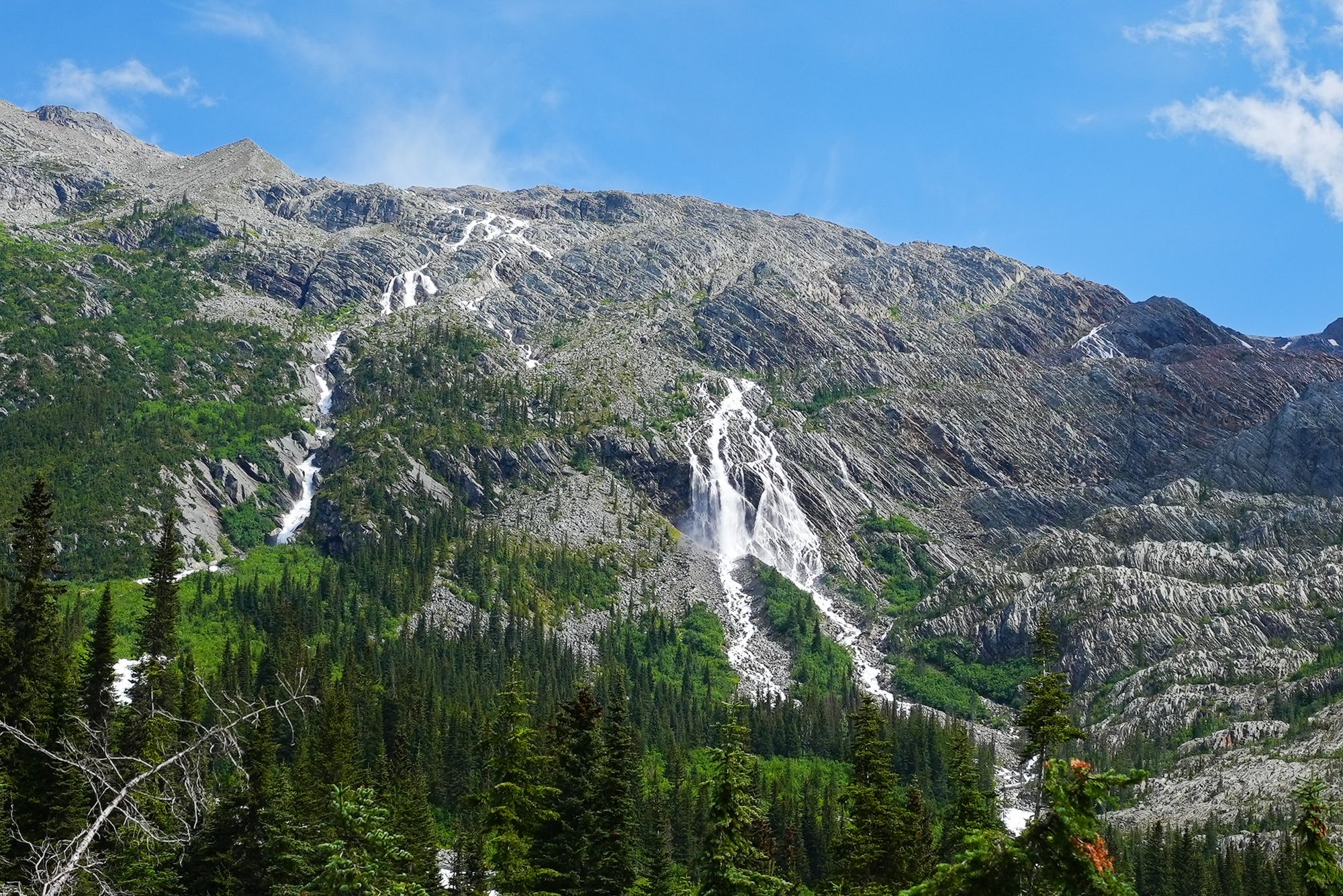
While grizzly bears are no longer found in 99% of their former habitat, Mount Revelstoke and Glacier National Parks are key pieces of a larger landscape where grizzlies still survive. In fact these two parks, and the area around them, have the highest density of grizzly bears in British Columbia.
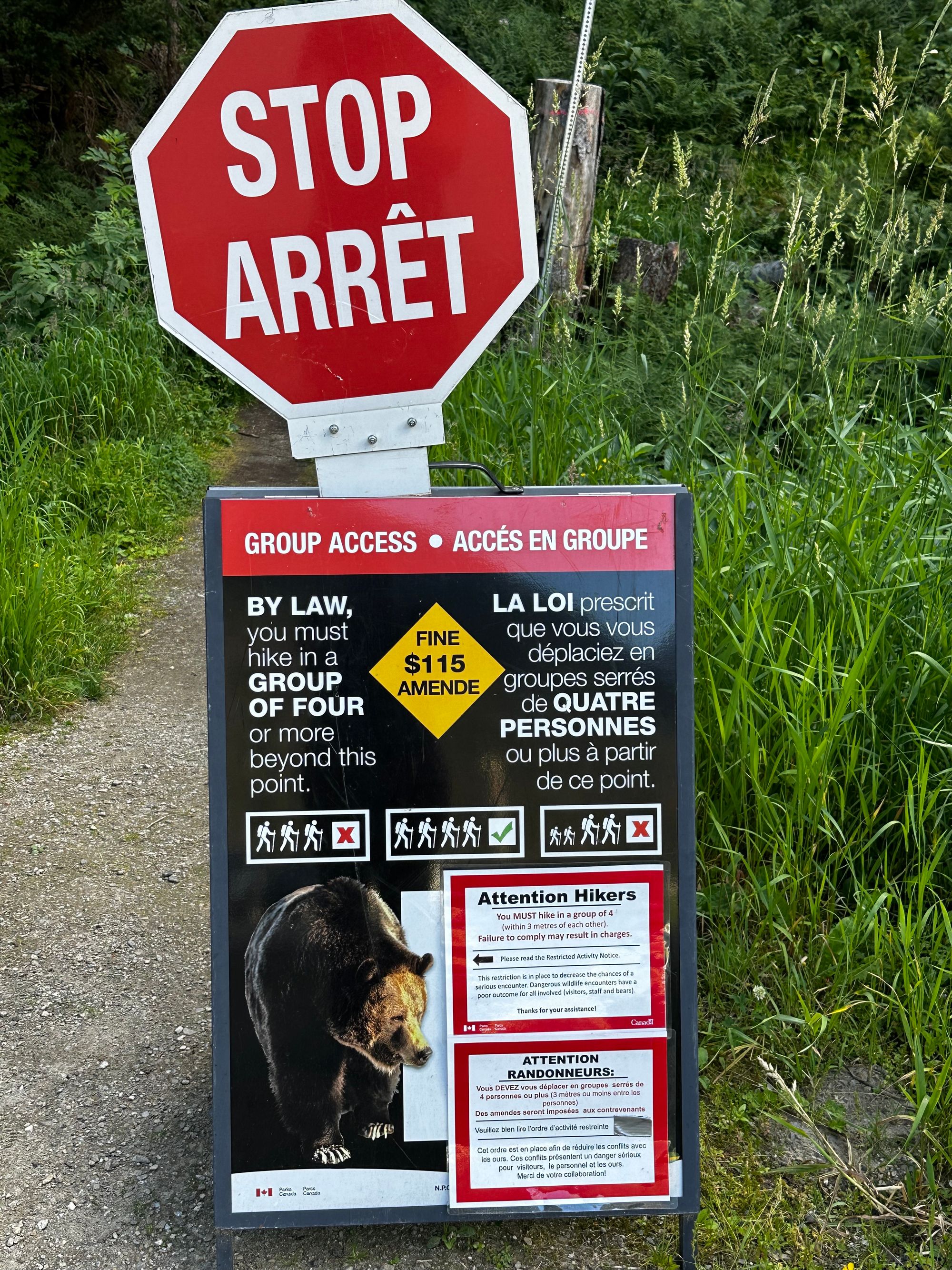
You may have never heard of woodland caribou, but these shy, mostly sedentary, forest-dwelling caribou are different than the caribou of the arctic that live in massive herds and migrate great distances.
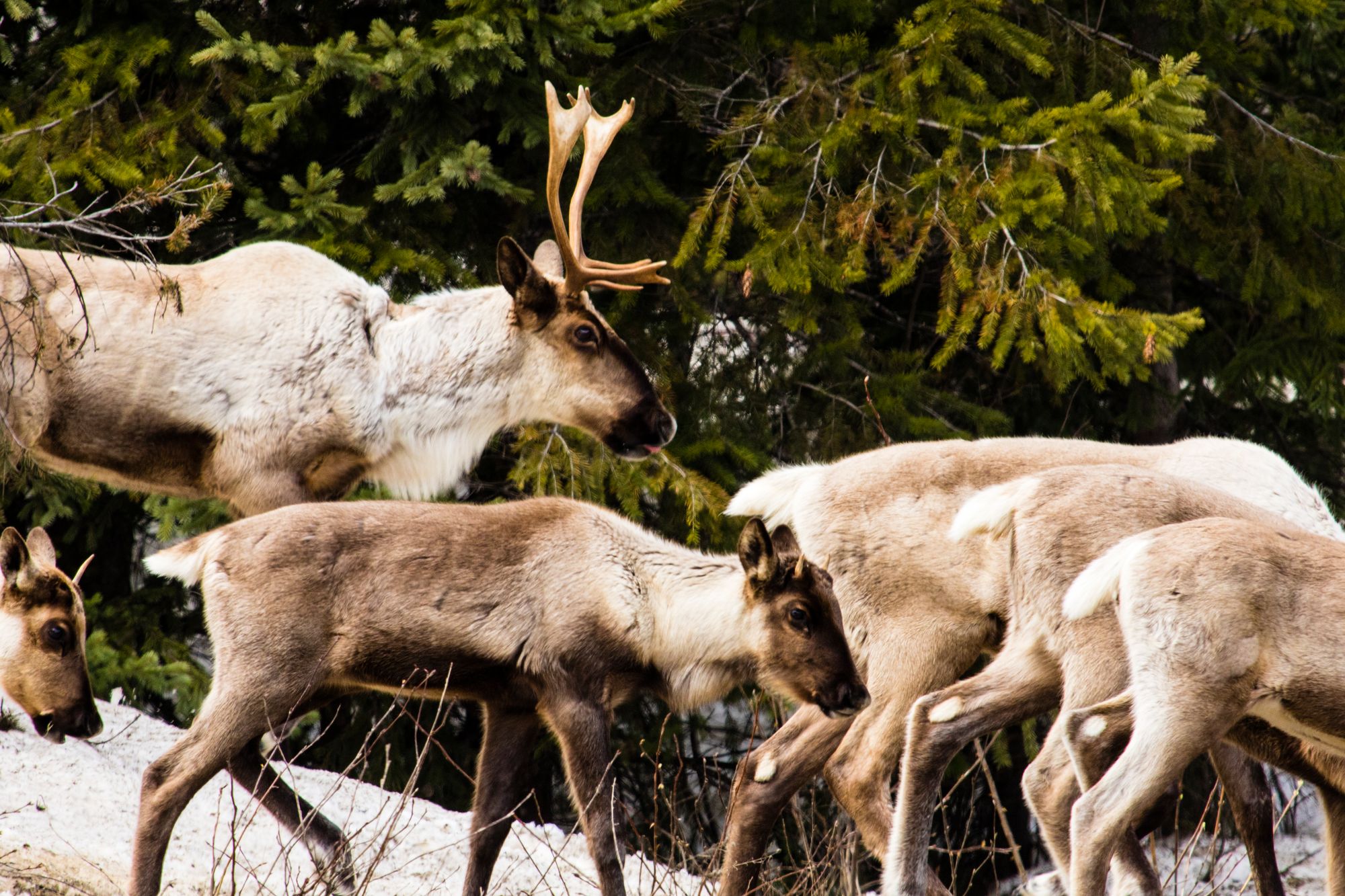
Woodland caribou rely on old growth cedar-hemlock forests because these old rainforest trees are densely covered in lichens that caribou eat while waiting to move upslope in the winter so they can stand on a firm snowpack and access lichen on the higher branches of trees.
However, due to extensive logging and habitat fragmentation, these caribou are now endangered and more people need to hear their story and take action before it's too late. Learn more here.

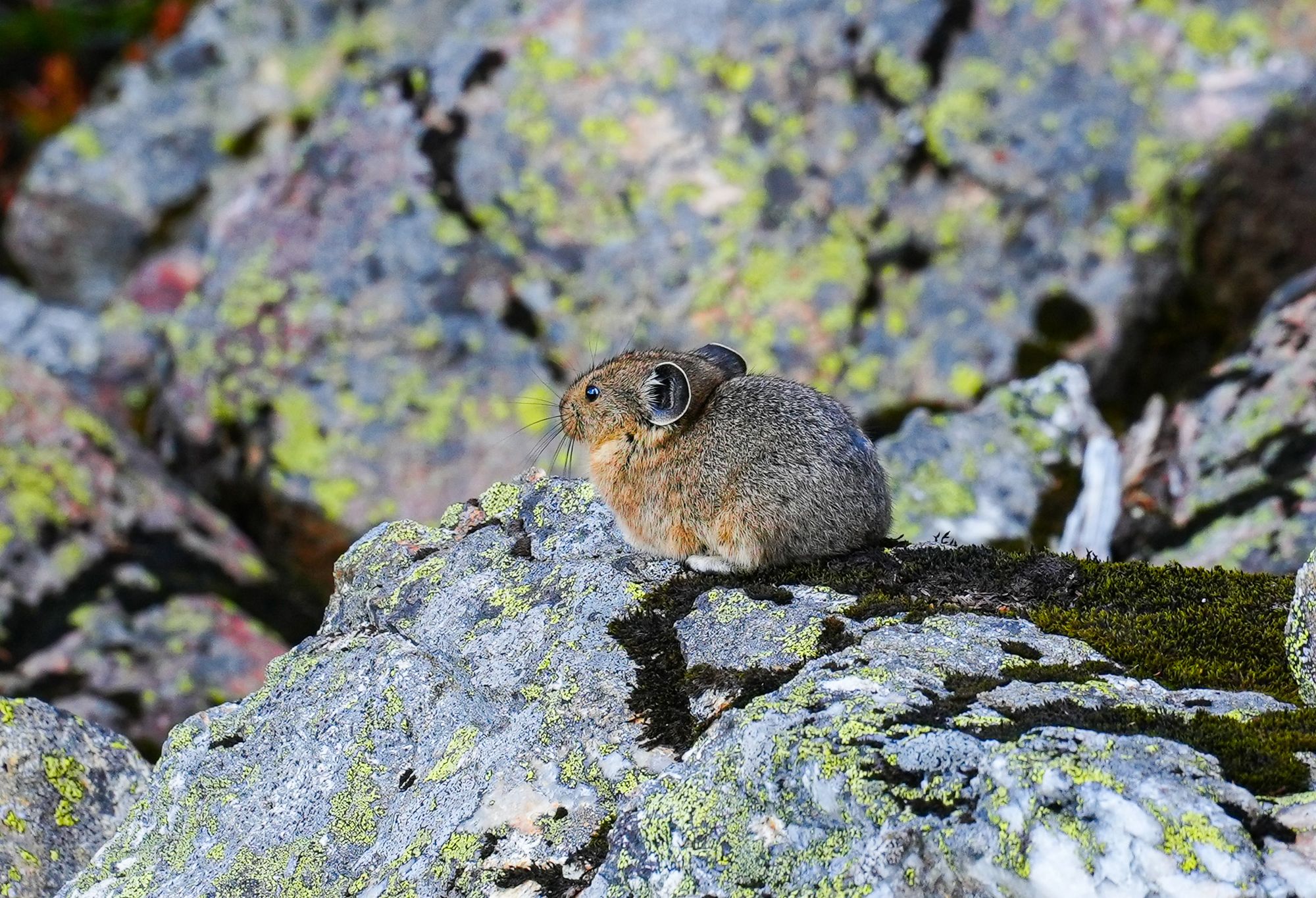
As a naturalist who loves to learn everything I can about places, it is rare for me to discover a landscape as wild and off my radar as the Columbia Mountains of British Columbia.
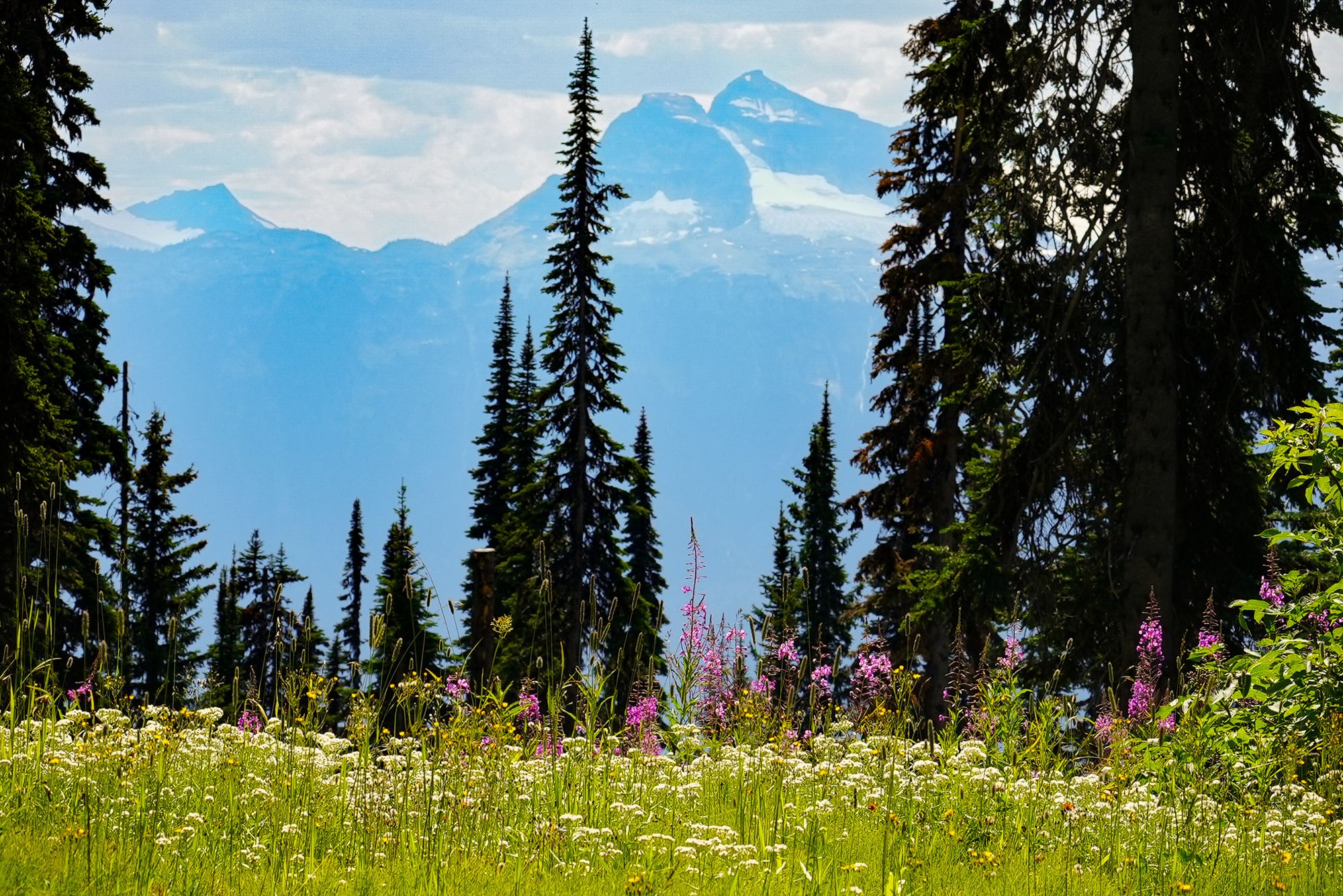
This place is vast—with more mountains than I've ever seen—and beyond the tangled web of logging roads lie hundreds of trailless peaks and sheer valleys that fill my heart with hope, joy, and possibility.
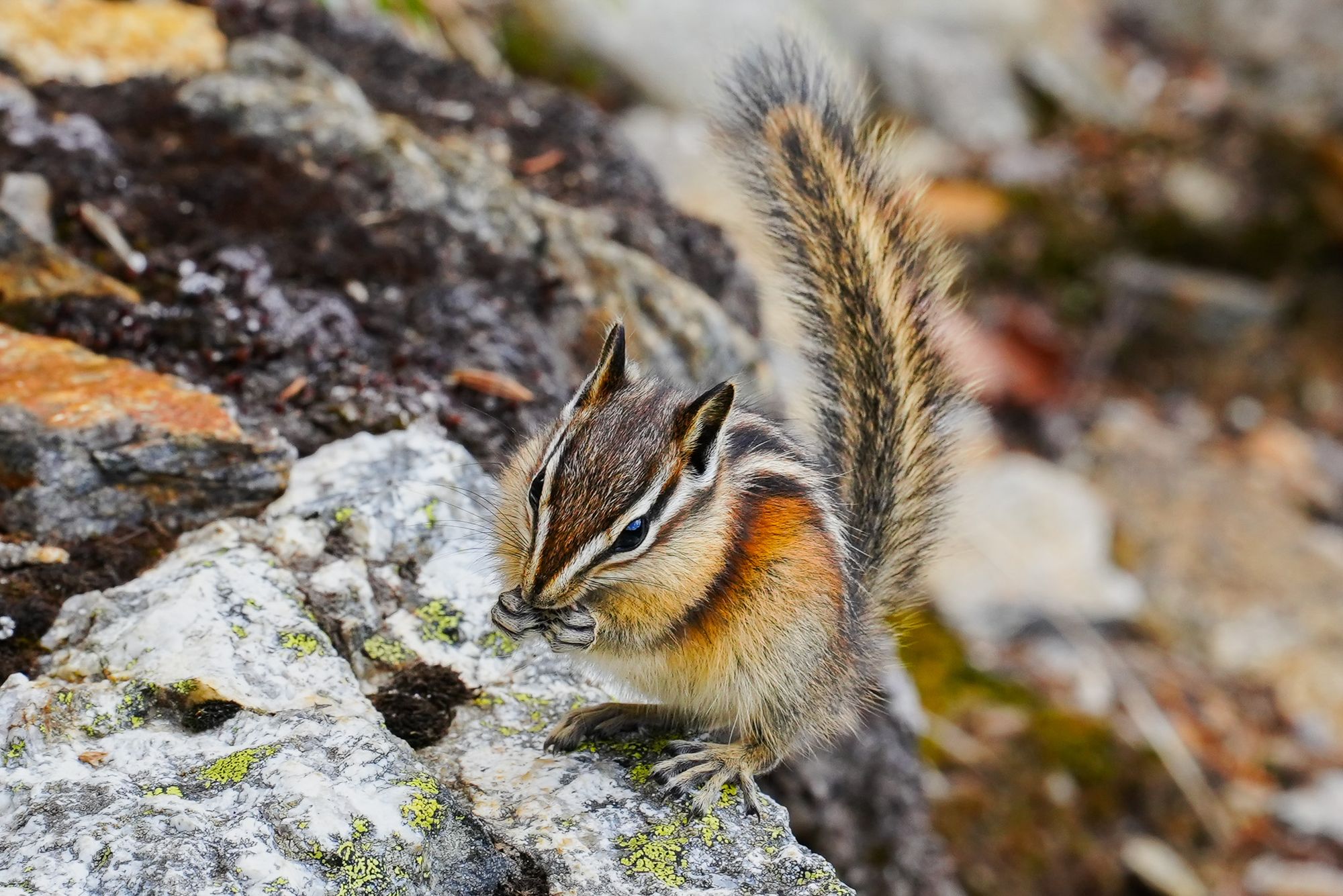
Member discussion